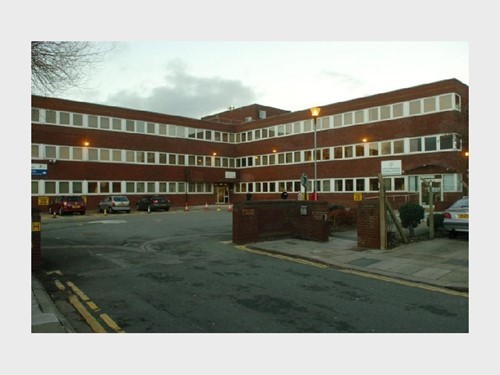Your Business Rates assessment is based upon the rental value of the property, but what happens in cases where there is no demand for the property?
In this area we have upper floors above shops in and around town centres or the upper floors of old mills which, due to the way retailing or industry has evolved, in some cases there is no demand.
This scenario was discussed at a case which was recently taken to Court. The case involved a vacant 1970s office building in Blackpool known as Mexford House. Whilst there are other office buildings of a similar age and character occupied by public sector tenants, due to the contraction of the amount of space required by the public sector there has been no demand for Mexford House, which has remained vacant over a prolonged period.
Lower level tribunals had decided that there was no demand for the building and therefore the assessment should be reduced to a nominal £1. The Court of Appeal reversed this decision and restored the full assessment to the Rating List. The matter was taken to the Supreme Court, who agreed with the Court of Appeal. Their reasoning is that actual rents agreed between tenant and landlord were not the test of value for rating purposes. Instead, the principle underpinning rating was to seek a standard by which every property can be measured in relation to every other property. It is not seeking to establish the true value of any particular property, but rather its value in comparison with the respective values of the rest.
Accordingly, the test is not what rent might the property let in the open market, but rather what would be the value of the property to a hypothetical occupier. This, of course, is not the news that owners of largely redundant multi-storey mills or, indeed, owners of vacant, traditional town centre office space were looking for where there may be no demand for their own accommodation. If similar buildings in the locality are occupied and, therefore, can be said to have a value, this value will be attributed to all similar buildings.























